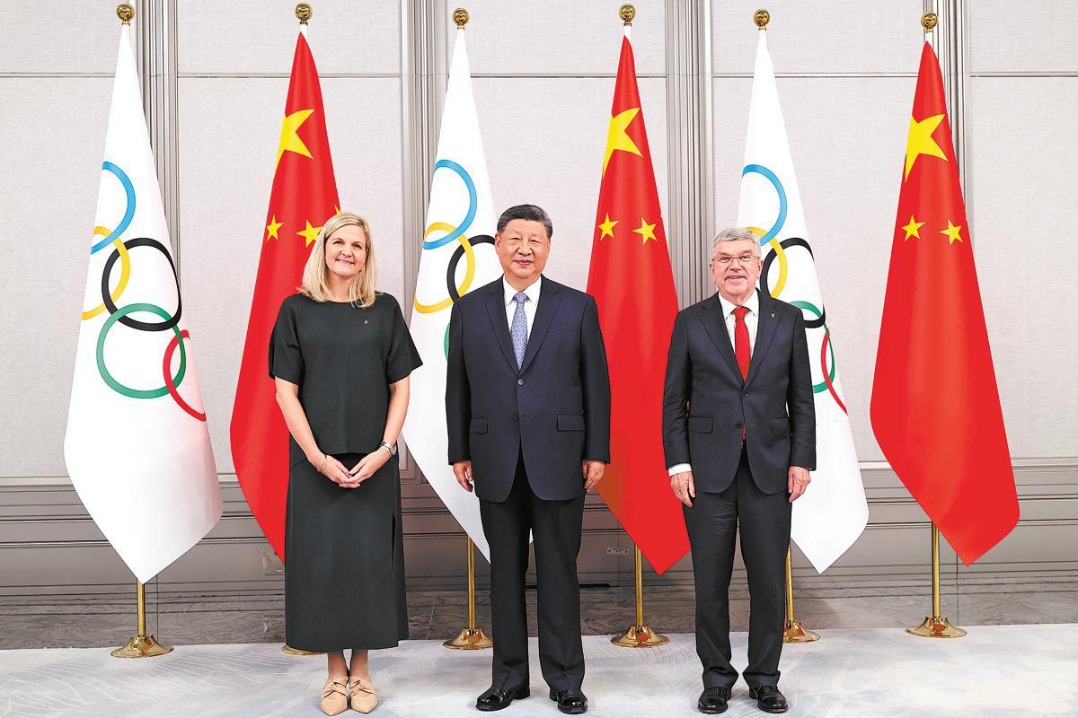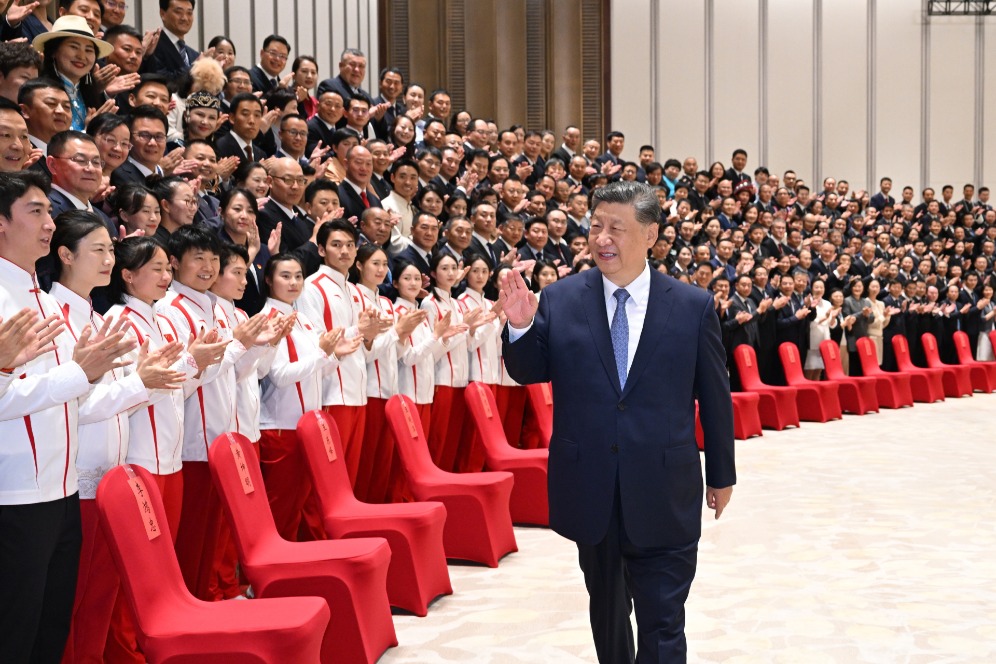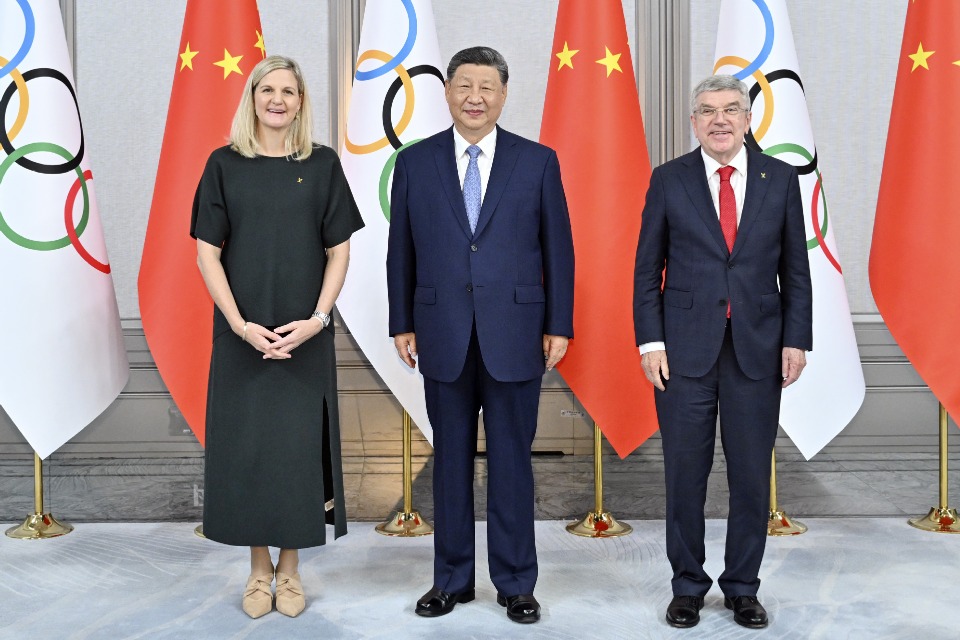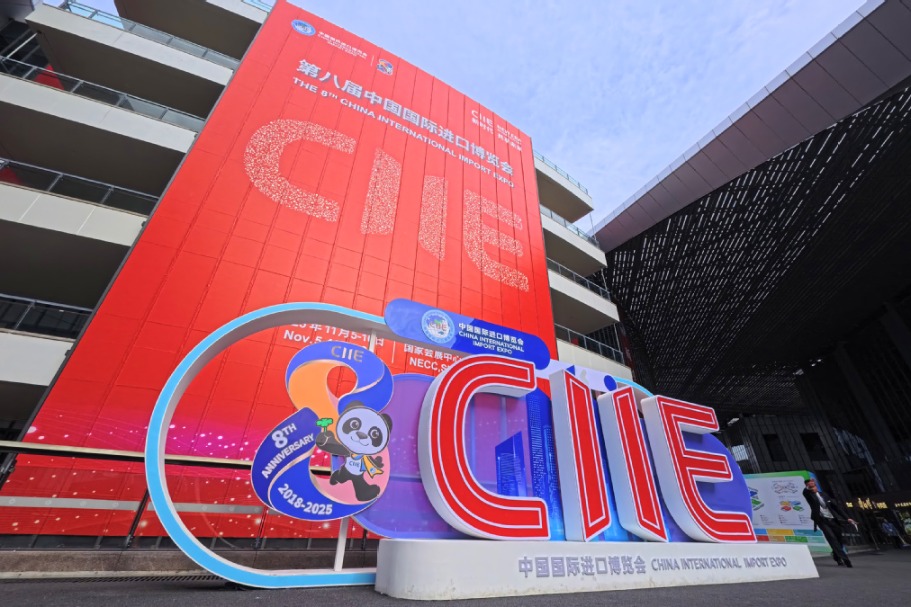An international village
The hamlet of Wulin in rural Fujian province hosts a thicket of ancient foreign-style buildings, leading local authorities to develop the settlement into an attraction, Yang Feiyue reports.

Most people wouldn't imagine a place like Wulin village exists. It not only does but also is drawing a growing number of travelers, who come to see its unlikely structures.
Indeed, it's extremely rare in the country to find a rural settlement like the one 15 minutes' drive from Fujian province's Jinjiang city's downtown that features foreign architecture dating back to roughly a century ago.
Some buildings in the 1-square-kilometer hamlet feature Romanesque and Gothic styles. Some carry Southeast Asian elements. And some are typical of Fujian's south.
They were built by Chinese who returned from such Southeast Asian countries as Malaysia and Singapore.
Some weren't yet completed during the Minguo period (1912-49), when their owners joined the War of Resistance Against Japanese Aggression (1931-45).
A standout is the three-story Xiuyang Building, constructed as a watchtower in 1934.
Today, it offers travelers a panoramic view of the settlement. The outer wall is pocked with bullet holes.
Wulin is home to more than 1,800 villagers and the place of ancestry of about 15,000 Chinese living abroad.
It was named a "traditional Chinese village" by the Ministry of Housing and Urban-Rural Development in 2016, and local authorities have been working to make it a destination.
"The whole village used to be in ruins, and many of those buildings were in shabby condition," says Cai Huangyi, a senior official in Wulin.
The Jinjiang government set up a leadership team to protect the settlement in 2017.
All of the old buildings have been restored to how they were to fully present the past to travelers.
Visitors to Wulin are greeted by a field of flowers near the village's gate that took shape during the Ming Dynasty (1368-1644).
"Roads have been built, toilet facilities have increased and been upgraded, as have green spaces," Cai says.
"Most (villagers) have finally come around to our principle and spirit of protective restoration and development," Jinjiang official Chen Xinxin says.
A great deal of time has been invested to study the ancient buildings, and professionals were invited to participate in their restoration.
"It's all worth it," Chen says, adding that those buildings have witnessed history. They carry local culture and the memories of those who live abroad.
"We'd like young people to know this inclusive and broad culture of southern Fujian."
The village's overseas Chinese compatriots' history museum hosts exhibitions and historical items, such as lattice windows, bamboo baskets and rifles.
It provides a vivid picture of how villagers left for Southeast Asia to make a living and later returned to Wulin to support the country's fight against foreign aggression.
The museum stands next to an ocean of potted marigolds.
The authority aims to turn the village into a getaway that offers immersion in Southeast Asian and southern Fujianese cultures.
"Wulin abounds with profound overseas Chinese culture and architectural culture," says Gong Linna, an official with a company in charge of Wulin's protection and development.
History and original culture should be integrated with modern lifestyles to capitalize on Wulin's advantages, Gong says.
"So, people today can really see, feel and experience its profoundness," she says.
In addition to restoring historical buildings, artisan workshops, hotels, a tourism service center, leisure facilities and gardens have been developed.
"These businesses will offer more choices for tourists and jobs for locals," Cai says.
Visitors can enjoy coffee at distinctive cafes, watch traditional operas and otherwise experience Wulin's intangible cultural heritage.
Cultural celebrations were held during the Spring Festival holiday this year, and more will be staged in the future, authorities say.
Wulin has launched an initiative to recruit 99 leaders from various fields of society, such as government officials, tourism players and cultural scholars.
They'll be invited to run the historical building cluster and apply their expertise to Wulin, helping it to become a leading cultural and tourism destination.

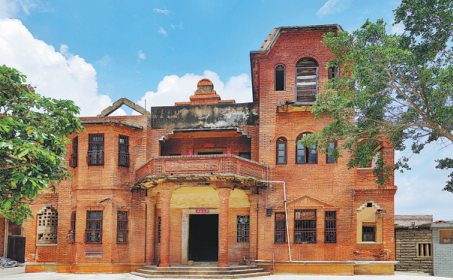
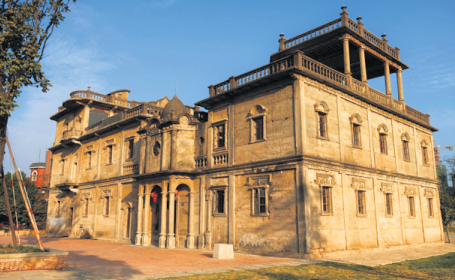
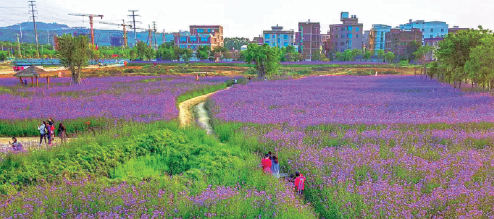
Today's Top News
- China's consumer prices creep up in October
- Fresh opportunities seen in China
- Xi meets IOC chief and its honorary president
- National Games an embodiment of China's strength, unity and progress
- Xi declares 15th National Games open
- Xi attends opening ceremony of 15th National Games

















